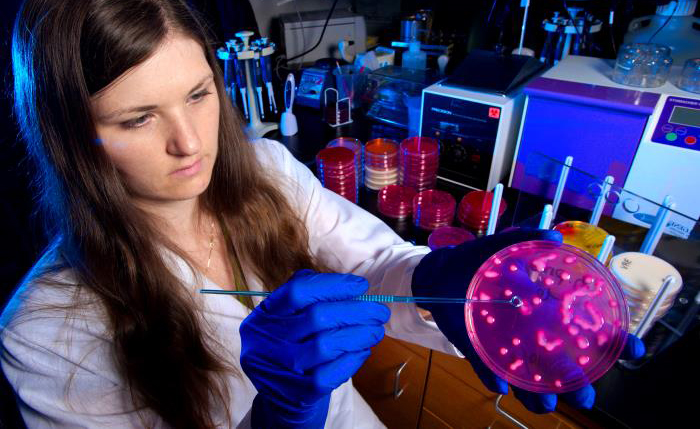CDC Recommendations Regarding Outbreak of Pneumonia of Unknown Etiology
CDC is Closely Monitoring a Reported Cluster of PUE in Wuhan City, Hubei Province, China
January 10, 2020
The Centers for Disease Control and Prevention (CDC) recently released a health advisory regarding an outbreak of pneumonia of unknown etiology (PUE). CDC is closely monitoring a reported cluster of PUE with possible epidemiologic links to a large wholesale fish and live animal market in Wuhan City, Hubei Province, China.
“An outbreak investigation by local officials is ongoing in China; the World Health Organization (WHO) is the lead international public health agency,” CDC said in a Jan. 8 health advisory. “Currently, there are no known U.S. cases nor have cases been reported in countries other than China. CDC has established an Incident Management Structure to optimize domestic and international coordination if additional public health actions are required.”
CDC’s recommendations for healthcare providers are as follows:
- Providers should consider pneumonia related to the cluster for patients with severe respiratory symptoms who traveled to Wuhan since December 1, 2019 and had onset of illness within two weeks of returning, and who do not have another known diagnosis that would explain their illness. Providers should notify infection control personnel and local and state health departments immediately if any patients meet these criteria. State health departments should notify CDC after identifying a case under investigation by calling CDC’s Emergency Operations Center at (770) 488-7100.
- Multiple respiratory tract specimens should be collected from persons with infections suspected to be associated with this cluster, including nasopharyngeal, nasal, and throat swabs. Patients with severe respiratory disease also should have lower respiratory tract specimens collected, if possible. Consider saving urine, stool, serum, and respiratory pathology specimens if available.
- Although the etiology and transmissibility have yet to be determined, and to date, no human-to-human transmission has been reported and no health care providers have been reported ill, CDC currently recommends a cautious approach to symptomatic patients with a history of travel to Wuhan City. Such patients should be asked to wear a surgical mask as soon as they are identified and be evaluated in a private room with the door closed. Personnel entering the room to evaluate the patient should use contact precautions and wear an N95 disposable facepiece respirator. For patients admitted for inpatient care, contact and airborne isolation precautions, in addition to standard precautions, are recommended until further information becomes available. Read more about isolation precautions.
More Resources
WHO: PUE – China
CDC: Isolation Precautions
Thank you for reading AAPA’s News Central
You have 2 articles left this month. Create a free account to read more stories, or become a member for more access to exclusive benefits! Already have an account? Log in.




